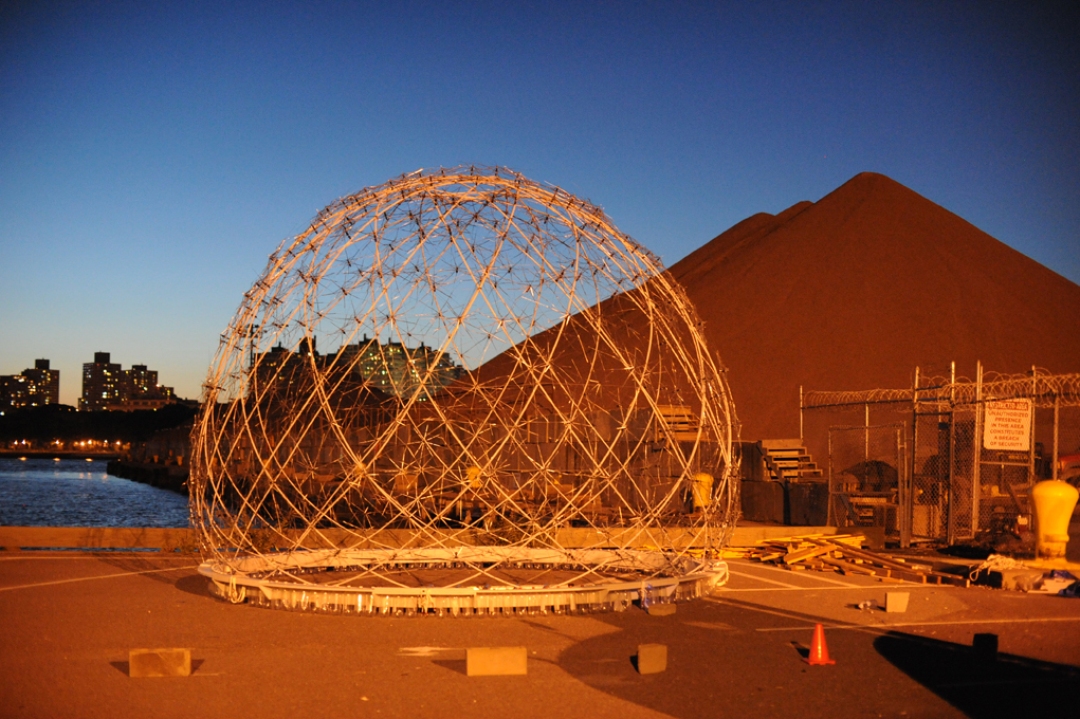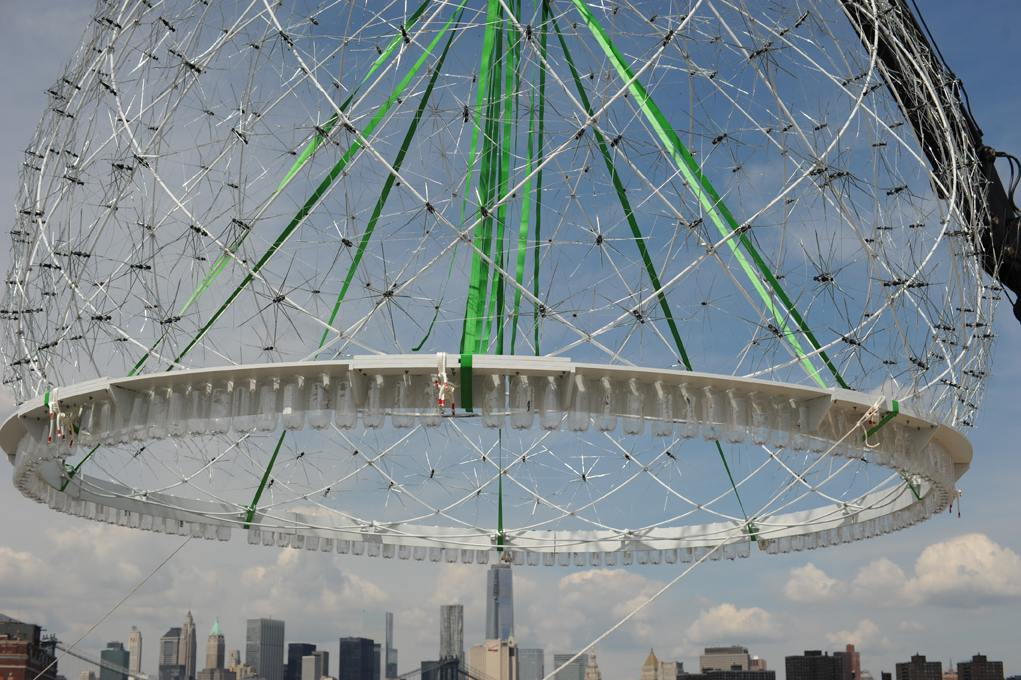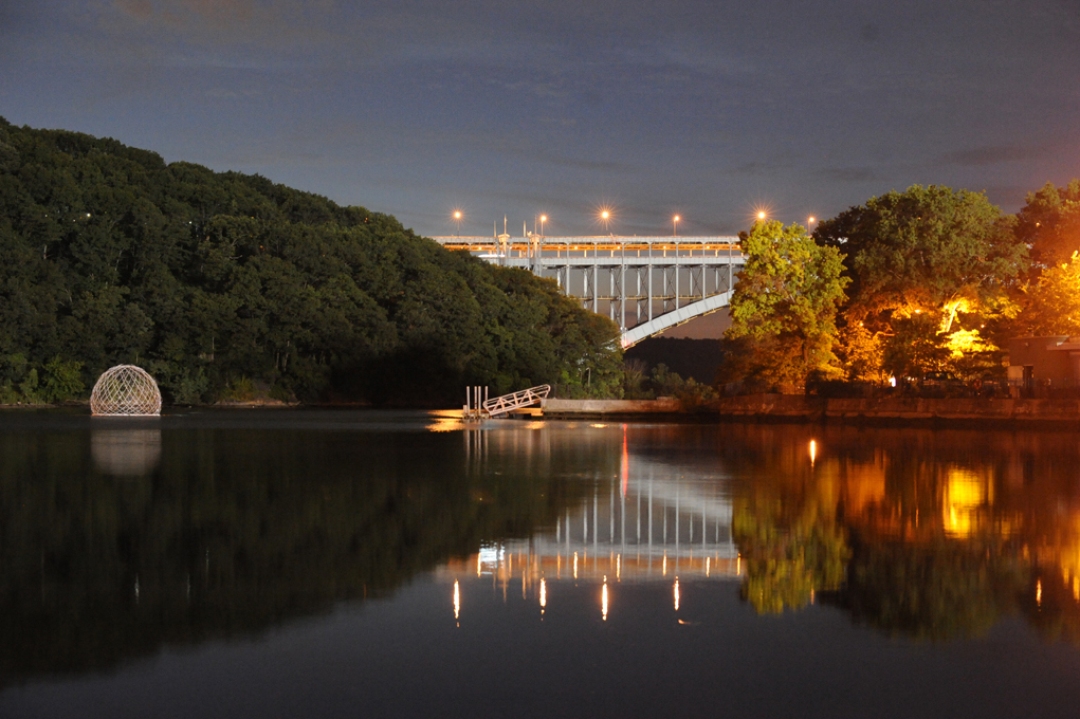Umbrella spoke dome
Like a delicate soap bubble, a mysterious dome has popped up in the inlet of the Harlem River at Inwood Hill Park. Upon closer inspection however (kayak recommended), the deceptively soft form reveals its spiky, metallic truth: the whole 24-foot-diameter dome is constructed from 450 discarded umbrellas locally sourced from the streets and trashcans of New York City.
Combined with the 128 2-liter soda bottles upon which it floats, the Harvest Dome, by design duo Amanda Schachter and Alexander Levi, becomes a self-proclaimed “physical revelation of the city’s accumulated water-borne debris.”
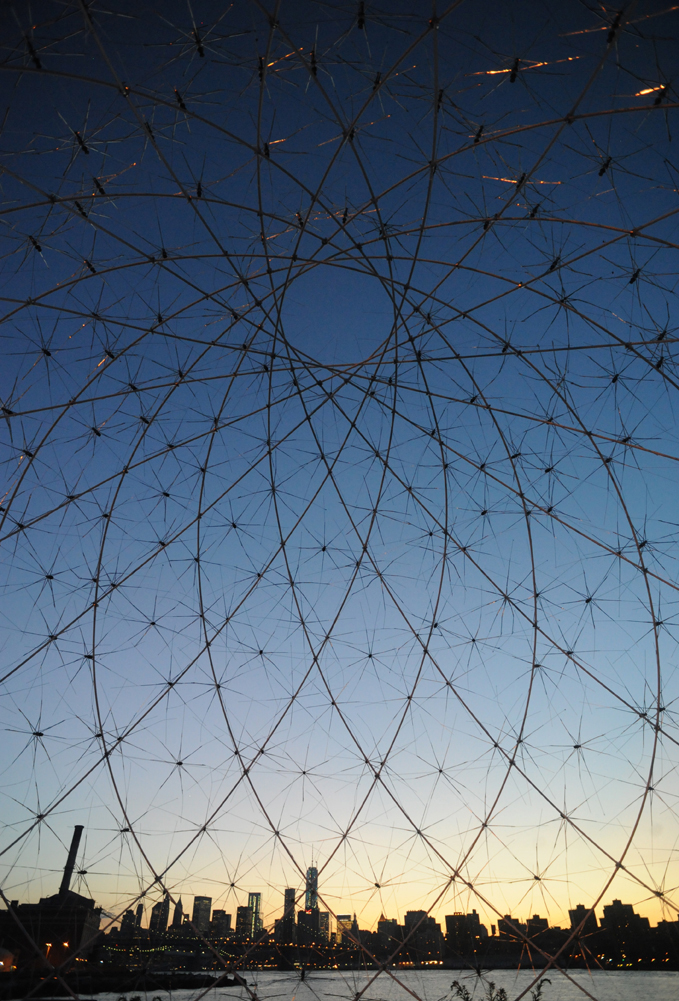
All photos courtesy of Andreas Symietz.
The designers explained to us: “In addition to transforming and abstracting the eight-pointed steel umbrella frame (no wood frames used in our project) into a transcendant form of architecture—a dome—the piece celebrates the particular tides at the Northern tip of Manhattan, at Spuyten Duyvill, home to one of the last remaining saltmarshes on the island.”

This ethereal Harvest Dome is, in fact, not the first attempt to create such an installation in the park. The first iteration of the dome was completed in 2011, and was all set for installation. That is, until strong currents washed it upon the shores of Rikers Island, where it was swiftly destroyed by the Corrections Officers; an unidentified floating object was just that little bit too suspicious for them.
Not letting this misfortune faze them, the designers turned to Kickstarter to fund the reanimation of the dome. Cue the help of some recent architecture school graduates and local volunteers, and the new 2.0 version was able to be recently installed, and will be on view in the park through August.
Harvest Dome
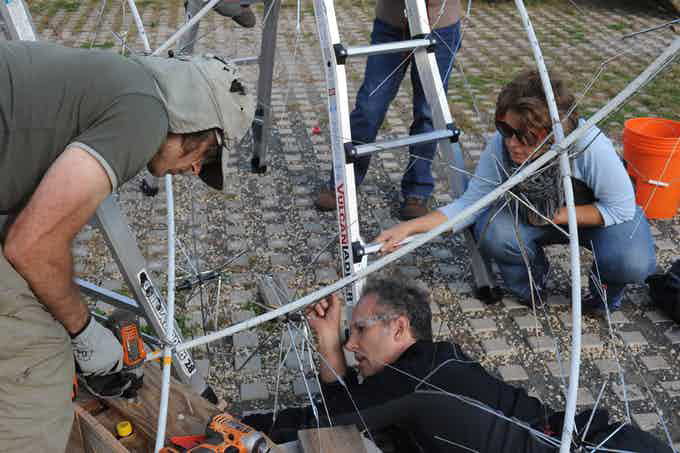
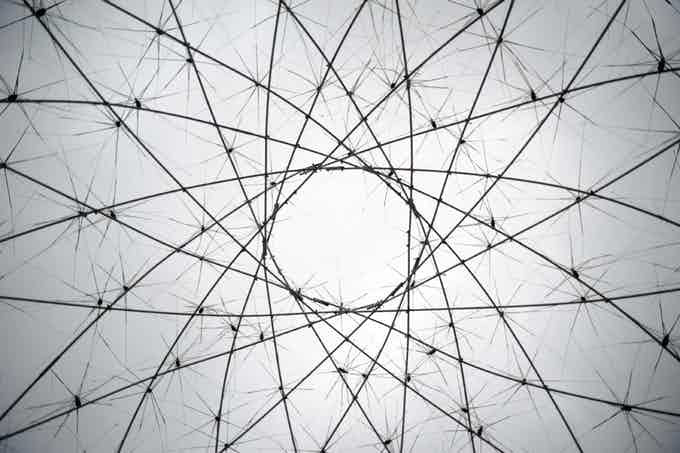
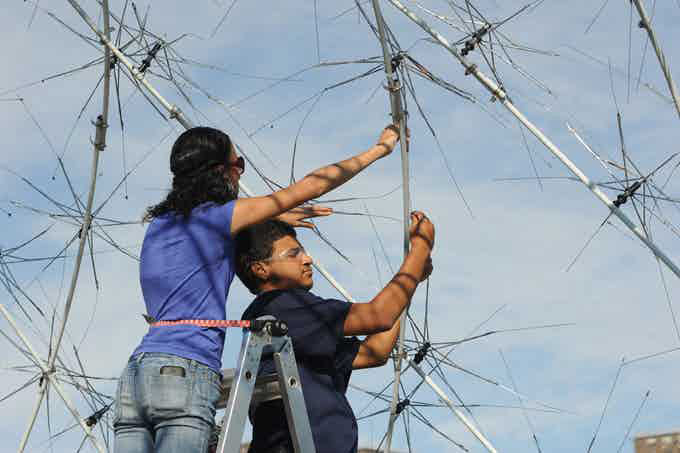
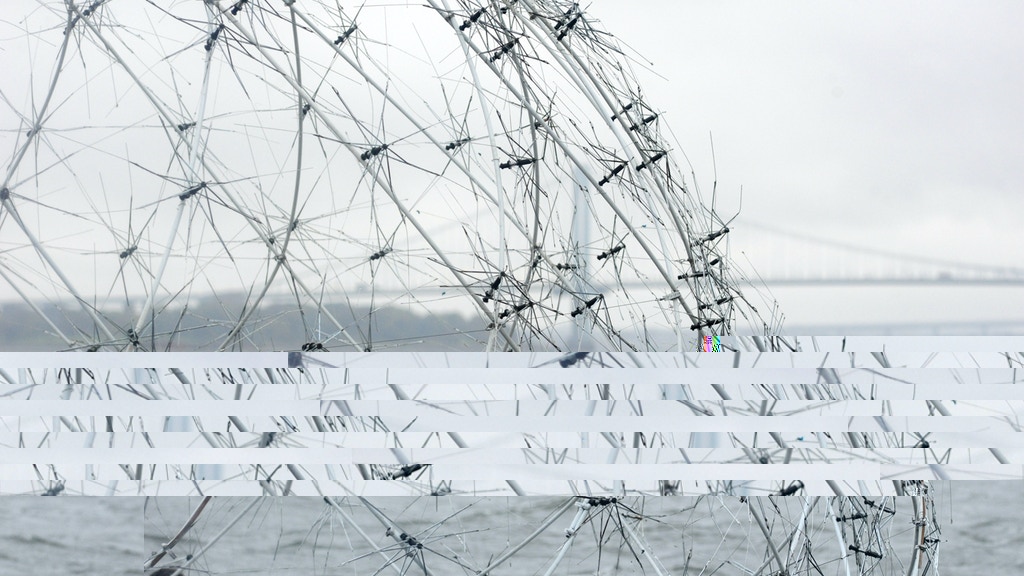
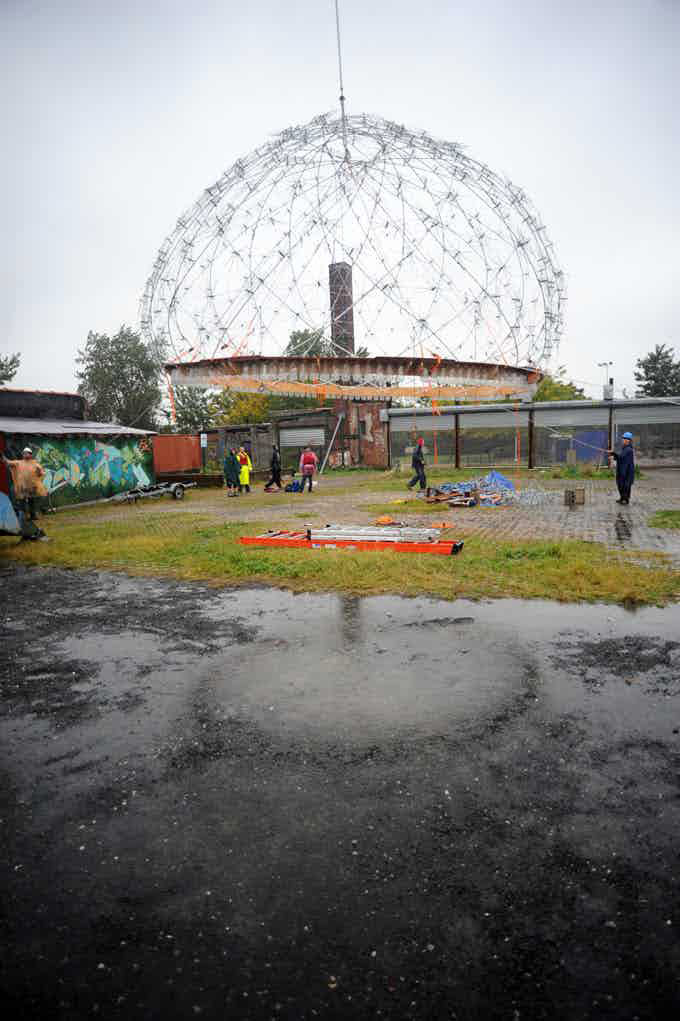
Slo Architecture, USA & Spain

PROFILE
slo architecture is a design firm of partners Amanda Schachter, AIA, and Alexander Levi, AIA, architects practicing in the United States and Spain.
SLO’s public projects envision the reforging of links among natural ecologies embedded within the city including waterways disfigured by outsized infrastructures of industry, settlement, and transportation and seek opportunities to amplify social, artistic, and entrepreneurial ambitions of urban neighborhoods by coupling them with the active revindication and resurgence of nature.
Their mission is to bring vitality, connectivity, and sustainability to public space.
Main Research Source
- Portfolio - Harvest Dome 2.0(2013)
- Portfolio - Harvest Dome (2011)


